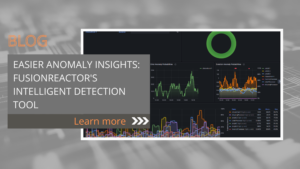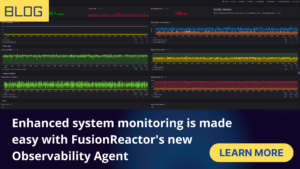
Understanding distributed tracing
Distributed tracing is a systematic approach that provides end-to-end visibility in complex, distributed systems. It involves capturing timing and metadata at each stage of a transaction or request, enabling a deeper understanding of operational dynamics.
This technique allows developers and operators to pinpoint precisely where time is spent in their systems, identify error sources, and locate performance bottlenecks. Distributed tracing offers a more holistic view compared to traditional logs and metrics. This blog explains why distributed tracing is critical to your monitoring.

Imagine tracing the journey of a single request across various microservices in your system. Distributed tracing lets you see the entire path and interaction, shedding light on inefficiencies and errors.
The mechanics
Distributed tracing involves several steps: instrumentation (embedding code to capture trace data), trace context (collecting detailed information at each step), trace export (sending this data to a tracing system), and trace analysis (examining the data to gain insights).
Developers use distributed tracing by adding instrumentation to their applications. This enables the capture and analysis of detailed information about how requests traverse through different components of their system.
OpenTelemetry, an open-source observability framework, plays a pivotal role here. It standardizes the capture and transmission of trace data, offering flexibility and extensibility across various programming languages and environments.
Using OpenTelemetry, a developer can seamlessly integrate tracing within their application, capturing invaluable data points across different services and languages.
The benefits of distributed tracing in FusionReactor
Distributed tracing aids in faster troubleshooting, improved performance optimization, and enhanced collaboration among development and operations teams.
It transforms the approach to system management, enabling quicker identification and resolution of issues, fine-tuning system performance, and fostering a unified understanding among team members.
Unlike traditional methods that offer fragmented insights, distributed tracing provides a comprehensive narrative of a request’s journey through the system.
Embracing comprehensive system understanding with distributed tracing
Distributed tracing, particularly with OpenTelemetry, is critical in the modern distributed system landscape. Providing detailed visibility into every aspect of request processing equips organizations to diagnose and address issues more effectively, optimize performance, and improve team collaboration. Embracing distributed tracing in FusionReactor goes beyond mere monitoring; it’s about gaining a deep, actionable understanding of complex systems. This approach ensures more efficient operations, a smoother user experience, and a robust foundation for continuous system improvement.




